COLLEGE
Noble Activities: Major Projects Under the Guidance of His Holiness the Sakya Trizin
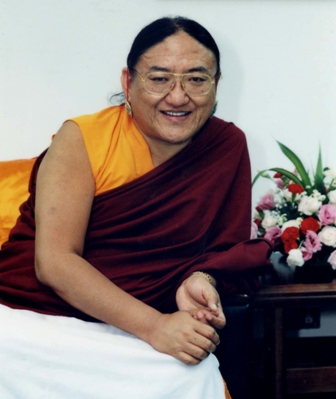 The Sakya C ollege is an institute of traditional Buddhist philosophical and scriptural studies where the ideals of Buddhist monasticism and rigorous scholarship are cultivated simultaneously. It was established in 1972 and is the oldest school of its kind among the Tibetans in India and Nepal . The main subjects of teaching and study at the College are the basic Buddhist scriptures of India in their Tibetan translations. Special emphasis is also laid on the commentarial and scholastic traditions of the Sakya School of Tibetan Buddhism.
The Sakya C ollege is an institute of traditional Buddhist philosophical and scriptural studies where the ideals of Buddhist monasticism and rigorous scholarship are cultivated simultaneously. It was established in 1972 and is the oldest school of its kind among the Tibetans in India and Nepal . The main subjects of teaching and study at the College are the basic Buddhist scriptures of India in their Tibetan translations. Special emphasis is also laid on the commentarial and scholastic traditions of the Sakya School of Tibetan Buddhism.
History of the College
The purpose of the school is to transmit these traditions of learning to the next generations, thus training the Sakya teachers of the future. This was and still remains a crucial task because traditional Buddhist education was destroyed in Tibet itself after the Chinese Communist invasion in 1959. For a very long period of time in the history of Tibet , particularly during the times of the five founding masters of the Sakya Order and of Lama Dhampa, Ngorchen, Tsharchen, Yagton, Rendhawa, Rongton and Gorampa, the Sakya Tradition spread far and wide throughout Tibet and flourished in its splendor.
Tibet had many great scholars, saints and monastic institutions of learning and meditation belonging to the Sakya Tradition. Even in later times, there were the great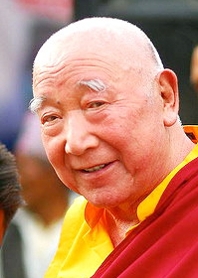 monastic seats of Sakya, Ngor and Tsar in central Tibet and many institutes of learning and meditation in East Tibet, such as the Dzongsar University in Dege. These monastic institutes had continued to produce many learned scholars and meditators until the Communist China forcibly occupied Tibet in 1959. This resulted in the escape of His Holiness the Dalai Lama and His Holiness Sakya Trizin along with other high lamas, Tibetan officials and thousands of Tibetans as refugees into India and Nepal .
monastic seats of Sakya, Ngor and Tsar in central Tibet and many institutes of learning and meditation in East Tibet, such as the Dzongsar University in Dege. These monastic institutes had continued to produce many learned scholars and meditators until the Communist China forcibly occupied Tibet in 1959. This resulted in the escape of His Holiness the Dalai Lama and His Holiness Sakya Trizin along with other high lamas, Tibetan officials and thousands of Tibetans as refugees into India and Nepal .
For the first few years in exile in India the Tibetans remained busy trying to survive and to settle down in a new lifestyle and environment. Once in exile, His Holiness the Dalai Lama initiated many schemes and projects to preserve the rich heritage of Tibetan religion and culture and encourage the great religious traditions of Tibet to establish and run their own monasteries and institutes. Emphasis was laid on teaching and studying their uncommon traditions of rituals, philosophy and other fields of knowledge.
Therefore, with the blessing and guidance of His Holiness Sakya Trizin, the most Venerable Khenpo Appey Rinpoche founded the Sakya College in Barlow Ganj, Mussoorie, on 19th December 1972, on the Mahaparinirvana Day of the Great Sakya Pandita. Ven. Khenpo Appey Rinpoche and the late Jared Rhoton (Sonam Tenzin) had searched for an ideal place in Shimla and some other hill towns to establish the college, but the final choice had been Mussoorie. So an Indian house was rented to serve as a hostel for the students and classrooms.
At the opening ceremony H. H. Sakya Trizin presided over the function which was also attended by Khenpo Appey Rinpoche, Chewang Tulku (then General Secretary of Sakya Center), Jared Rhoton, Jay Goldberg, Joan Ellis, Anne Marshall and, of course, the first batch of seven students.
The College was the first of its kind in India among all the Tibetan Buddhist traditions. While in Barlow Ganj, Mussoorie, the College had to change its residence two times. In 1978 the College was registered under the Indian Societies Registration Act XXI of 1860. Since then, like all registered institutes, the accounts of the College were 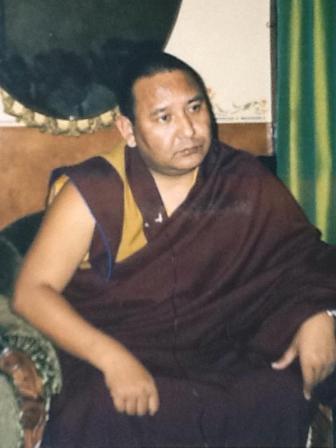 scrutinized and approved by recognized chartered accountants. And all the major decisions were to be taken by the Governing Body of the
scrutinized and approved by recognized chartered accountants. And all the major decisions were to be taken by the Governing Body of the 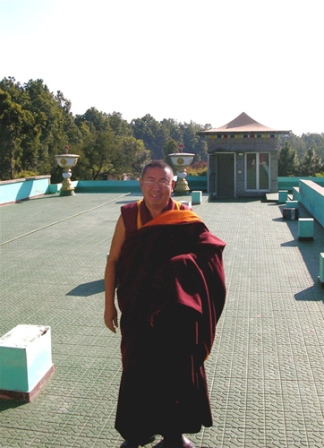 College.
College.
From 1972 till 1985, Khenpo Appey Rinpoche had taken the entire responsibility of holding classes, supervising administration and raising funds for the College. Subsequently, Khenpo Jamyang Tenzin took over charge, and taught in the classes and looked after the administration of the College until 1989. His role in steering the College was also very significant and praiseworthy for the reason that he remained stable and guided the College skillfully at a time when it was going through the most difficult phase.
In May 1989, the late Ven. Khenpo Migmar Tsering took over the principal-ship of the College and served as the chief instructor and administrator of the College till February 1999 when, due a tragic illness, he passed away. The late Khenpo contributed greatly to making Sakya College the dynamic institute that it is now. He will always be remembered for his hard work, dedication, straight forwardness and amicable disposition.
The college is now in the twenty seventh year of its existence. Having contributed greatly to the cause of Dharma, most especially in the furthering and dissemination of the knowledge and religious experience of the great Sakyapa masters and text, the college looks forward to the next Millennium with further resolve under the guidance of Khenpo Gyatso La to whom His Holiness has entrusted its charge.
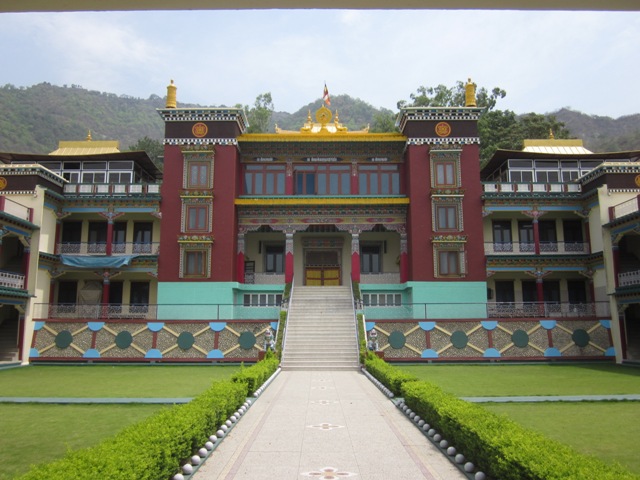
Address: Sakya College, Mussoorie Road , P.O. Rajpur-248009, Dehradun, U.P. India